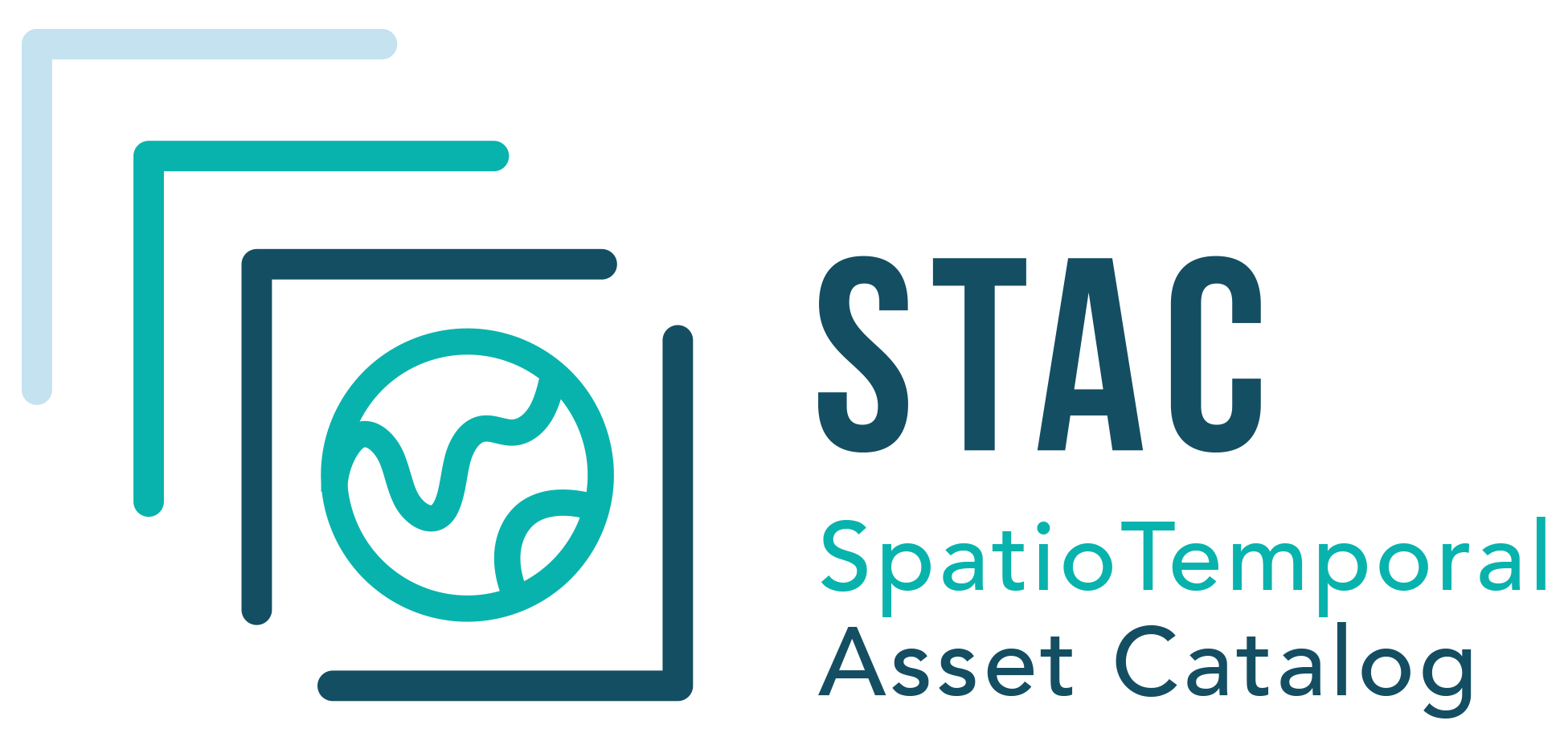Contributing#
A list of issues and ongoing work is available on the PySTAC issues page. If you want to contribute code, the best way is to coordinate with the core developers via an issue or pull request conversation.
Development installation#
Fork PySTAC into your GitHub account. Then, clone the repo and install it locally with pip as follows:
git clone git@github.com:your_user_name/pystac.git
cd pystac
pip install -e '.[test]'
Testing#
tl;dr: Run ./scripts/test to run all tests as they run on CI.
PySTAC runs tests using pytest. You can find unit tests in the tests/
directory.
To run the tests and generate the coverage report:
$ pytest -v -s --block-network --cov pystac --cov-report term-missing
To view the coverage report, you can run coverage report (to view the report in the terminal) or coverage html (to generate an HTML report that can be opened in a browser).
The PySTAC tests use vcrpy to mock API calls with “pre-recorded” API responses. This often comes up when testing validation.
When adding new tests that require pulling remote files use the @pytest.mark.vcr
decorator. Record the new responses and commit them to the repository.
$ pytest -v -s --record-mode new_episodes
$ git add <new files here>
$ git commit -a -m 'new test episodes'
Code quality checks#
tl;dr: Run pre-commit install --overwrite to perform checks when committing, and
./scripts/test to run all checks and tests.
PySTAC uses
ruff for Python code linting
black for Python code formatting
codespell to check code for common misspellings
doc8 for style checking on RST files in the docs
mypy for Python type annotation checks
Run all of these with pre-commit run --all-files or a single one using
pre-commit run --all-files ID, where ID is one of the command names above. For
example, to format all the Python code, run pre-commit run --all-files black.
You can also install a Git pre-commit hook which will run the relevant linters and
formatters on any staged code when committing. This will be much faster than running on
all files, which is usually [1] only required when changing the pre-commit version or
configuration. Once installed you can bypass this check by adding the --no-verify
flag to Git commit commands, as in git commit --no-verify.
Documentation#
All new features or changes should include API documentation, in the form of
docstrings. Additionally, if you are updating an extension version, check to
see if that extension is used in the examples/ STAC objects at the top level
of the repository. If so, update the extension version, then re-run
docs/quickstart.ipynb to include the new extension versions in the notebook
cell output.
Benchmarks#
PySTAC uses asv for benchmarking. Benchmarks are
defined in the ./benchmarks directory. Due to the inherent uncertainty in
the environment of Github workflow runners, benchmarks are not executed in CI.
If your changes may affect performance, use the provided script to run the
benchmark suite locally. You’ll need to install the benchmark dependencies
first. This script will compare your current HEAD with the main branch
and report any improvements or regressions.
pip install -e '.[bench]'
scripts/bench
The benchmark suite takes a while to run, and will report any significant changes to standard output. For example, here’s a benchmark comparison between v1.0.0 and v1.6.1 (from @gadomski’s computer):
before after ratio
[eee06027] [579c071b]
<v1.0.0^0> <v1.6.1^0>
- 533±20μs 416±10μs 0.78 collection.CollectionBench.time_collection_from_file [gadomski/virtualenv-py3.10-orjson]
- 329±8μs 235±10μs 0.72 collection.CollectionBench.time_collection_from_dict [gadomski/virtualenv-py3.10-orjson]
- 332±10μs 231±4μs 0.70 collection.CollectionBench.time_collection_from_dict [gadomski/virtualenv-py3.10]
- 174±4μs 106±2μs 0.61 item.ItemBench.time_item_from_dict [gadomski/virtualenv-py3.10]
- 174±4μs 106±2μs 0.61 item.ItemBench.time_item_from_dict [gadomski/virtualenv-py3.10-orjson]
before after ratio
[eee06027] [579c071b]
<v1.0.0^0> <v1.6.1^0>
+ 87.1±3μs 124±5μs 1.42 catalog.CatalogBench.time_catalog_from_dict [gadomski/virtualenv-py3.10]
+ 87.1±4μs 122±5μs 1.40 catalog.CatalogBench.time_catalog_from_dict [gadomski/virtualenv-py3.10-orjson]
When developing new benchmarks, you can run a shortened version of the benchmark suite:
asv dev
CHANGELOG#
PySTAC maintains a changelog to track changes between releases. All PRs should make a changelog entry unless the change is trivial (e.g. fixing typos) or is entirely invisible to users who may be upgrading versions (e.g. an improvement to the CI system).
For changelog entries, please link to the PR of that change. This needs to happen in a few steps:
Make a PR to PySTAC with your changes
Record the link to the PR
Push an additional commit to your branch with the changelog entry with the link to the PR.
For more information on changelogs and how to write a good entry, see keep a changelog.
Style#
In an effort to maintain a consistent codebase, PySTAC conforms to the following rules:
# DO
from datetime import datetime
# DON't
import datetime
import datetime as dt
The exception to this rule is when datetime is only imported for type checking and
using the class directly interferes with another variable name. In this case, in the
TYPE_CHECKING block you should do from datetime import datetime as Datetime.
